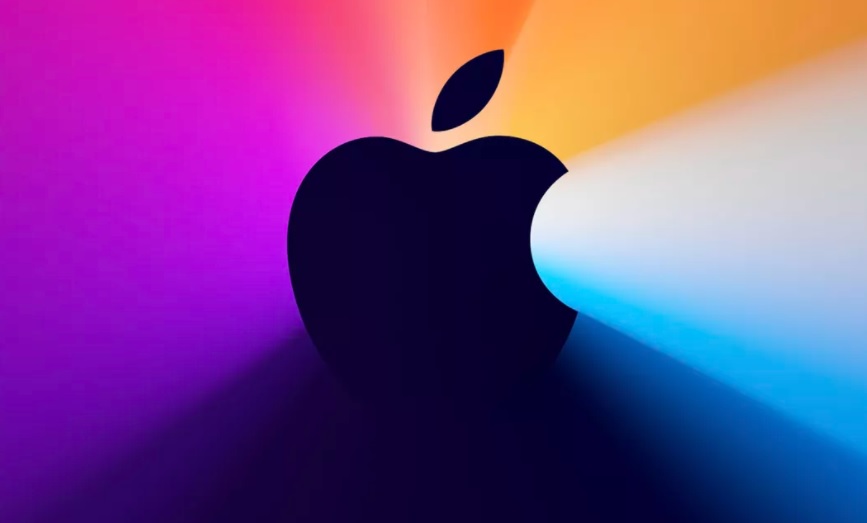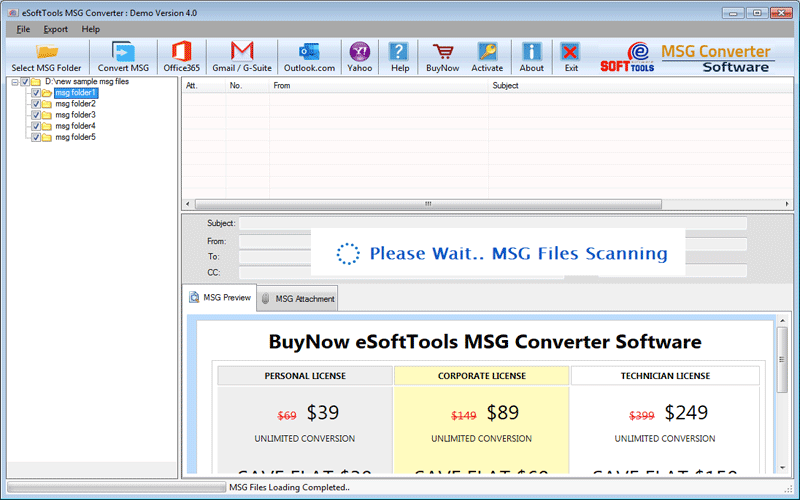


Option 1: Opening an MSG for a glance at its contents.
/article-new/2018/03/lockscreenmessage-800x558.jpg)
Your options change depending on if you want just a glance at an MSG’s contents, or if you need to use those contents as evidence in a trial or deposition (i.e., as part of eDiscovery). So, what’s the simplest way to open an MSG? Well, it depends. It’s stored as a different MSG subtype, and as we’ll see, this is relevant when you’re opening MSGs. So, an MSG could be an email, an appointment, a task, a contact, etc. It’s also a calendar, task manager, Rolodex, journal, notepad, and more. Outlook is more than just an email client. And when they do, remember that they aren’t always only emails. ( Learn more about PSTs.) You’ll most often work with PSTs, but MSGs do pop up from time to time. And when Microsoft developed them in the 90s, they were a revolutionary way of storing email. But while it’s in Outlook, it’s stored along with all your other emails, as a PST file (i.e., a file with a ‘.pst’ extension). PSTs are how Outlook stores groups of emails.Īn email gets converted into an MSG file when you move it out of Outlook. So, you have to open MSGs with Outlook or Microsoft-compatible software. And it also stores links and attachments from the email. This file stores the email text, but it also stores the email metadata – things like who sent the email, who received it and when, etc. When you drag-and-drop an email from Outlook to a folder on your computer, it’s converted into an MSG file. Microsoft’s email client Outlook uses the MSG format (i.e., a file with a ‘.msg’ extension) to store single email messages. An MSG file is how Outlook stores single emails. If you’ve used Outlook but aren’t much of a techie, you probably aren’t quite sure what goes on behind the scenes. Microsoft Outlook stores your emails as MSGs and PSTs. For more advanced tasks like eDiscovery, choose specialized software that protects metadata and can open all MSG-types. Takeaway: For a quick check of an MSG file’s contents, use Microsoft Outlook or a reliable third-party application (e.g., GoldFynch’s MSG/PST viewer). In the interim, you can use GoldFynch to open and view MSG and MBOX files. We are working on a new viewer that also supports MSG and MBOX files. NOTE: MSG files are no longer supported in the current PST/OST viewer.


 0 kommentar(er)
0 kommentar(er)
